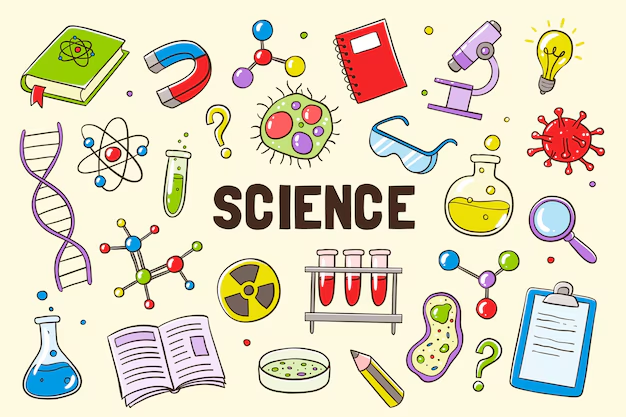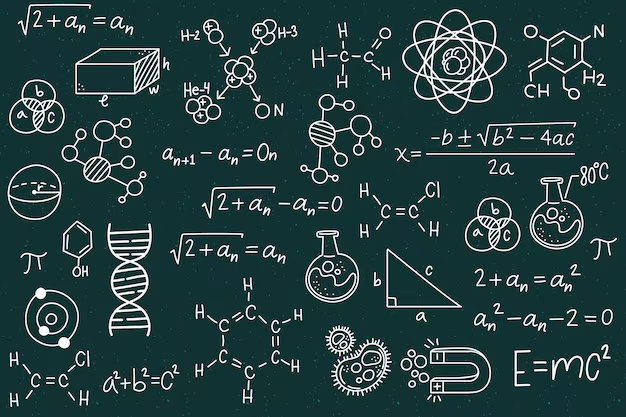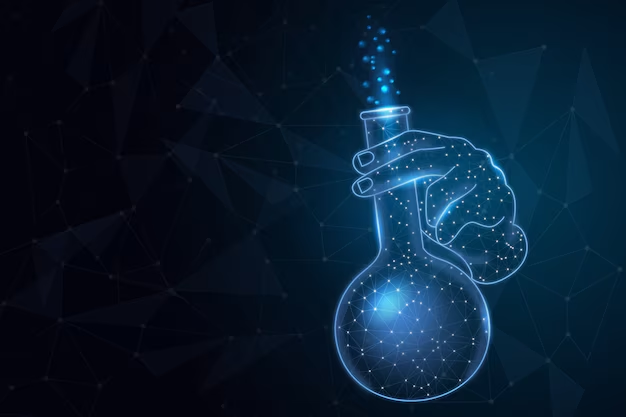Science is often viewed as something complex, a subject learned in classrooms or discovered in laboratories. However, its impact reaches far beyond these boundaries, shaping our daily lives in ways we may not even realize. From the food we eat to the technology we use, science is behind almost everything that makes modern life possible. Innovation driven by scientific discovery continues to transform the world, making our lives more comfortable, efficient, and sustainable. In this article, we will explore how science influences everyday life and how innovations in various fields continue to shape the way we live, work, and interact.
The Science Behind Everyday Technology
One of the most significant ways science affects our daily lives is through the technology we use. Smartphones, computers, the internet, and other devices have revolutionized communication, entertainment, and work. These innovations are the result of years of scientific research in fields like physics, engineering, and materials science.
For example, the development of semiconductors and microprocessors, key components in electronic devices, is rooted in the field of quantum mechanics. This science has allowed engineers to create smaller, faster, and more efficient microchips, which power everything from smartphones to laptops. Additionally, wireless technology, such as Wi-Fi and Bluetooth, relies on the principles of electromagnetic waves, a key area of study in physics.
The development of the internet, too, is based on advances in telecommunications and computer science, enabling global communication, e-commerce, and information sharing. As these technologies evolve, science continues to push boundaries, resulting in innovations like 5G networks, which promise even faster and more reliable internet connections.
Health and Medicine: Science Saving Lives
Health and medicine are perhaps the most tangible examples of how science impacts our daily lives. The development of vaccines, antibiotics, and medical treatments has saved millions of lives and increased life expectancy worldwide. Vaccines, for example, are the result of years of scientific research into immunology and virology. Diseases like polio, smallpox, and measles, once widespread and deadly, are now nearly eradicated thanks to these scientific innovations.
In addition to vaccines, advancements in medical imaging, such as MRI and X-ray technology, allow doctors to diagnose and treat diseases with greater accuracy. These imaging techniques rely on principles of physics and computer science, allowing healthcare professionals to visualize the inside of the body without invasive surgery.
Moreover, the rise of personalized medicine—where treatments are tailored to an individual’s genetic makeup—is another example of how science is transforming healthcare. Advances in genomics and biotechnology have made it possible to develop treatments that are more effective and have fewer side effects. This approach is especially promising in the treatment of cancer, where targeted therapies are increasingly used to treat specific genetic mutations in tumors.
Sustainable Living: Science and the Environment
Science also plays a crucial role in promoting sustainability and addressing the challenges of climate change. The world faces an urgent need to transition to renewable energy sources and reduce greenhouse gas emissions, and scientific innovation is key to meeting these challenges.
Solar and wind energy technologies have advanced significantly in recent years, making renewable energy more affordable and accessible. Research in materials science has led to the development of more efficient solar panels, while improvements in wind turbine design have made wind energy a viable alternative to fossil fuels in many regions.
Additionally, electric vehicles (EVs) are becoming more mainstream thanks to advances in battery technology. Electric cars, buses, and even trucks are helping to reduce the reliance on gasoline and diesel fuels, reducing air pollution and mitigating the effects of climate change.
Beyond energy, science is also driving innovation in sustainable agriculture. Precision farming, which uses data from sensors, drones, and satellites to optimize crop production, is helping farmers grow more food with fewer resources. This technology not only improves food security but also reduces the environmental impact of farming.
Food and Agriculture: Science on Your Plate
The food we eat is another area where science plays a significant role. Agriculture has come a long way since the advent of modern farming techniques, thanks to innovations in biotechnology, genetics, and chemistry.
One of the most notable advances is the development of genetically modified (GM) crops, which are designed to be more resistant to pests, diseases, and environmental stressors. This technology has helped increase crop yields and reduce the need for chemical pesticides, which benefits both farmers and consumers. However, GMOs continue to be a subject of debate, with concerns about their long-term impact on health and the environment.
Additionally, food preservation and packaging technologies have helped extend the shelf life of products, reducing waste and ensuring that food can be transported globally. The use of refrigeration, freezing, and vacuum sealing are all examples of scientific innovations that keep food fresh and safe to eat.
Transportation: Science on the Move
Transportation is another area where scientific innovation has dramatically changed our lives. The invention of the automobile, the airplane, and modern public transit systems have all been made possible by breakthroughs in engineering, physics, and chemistry.
The development of electric vehicles (EVs) and autonomous vehicles (AVs) is shaping the future of transportation. EVs, powered by batteries and charged through electricity rather than gasoline, are becoming increasingly popular as concerns about air pollution and fossil fuel consumption grow. Autonomous vehicles, on the other hand, use artificial intelligence and sensor technologies to navigate roads and traffic without human intervention, promising to make transportation safer and more efficient.
Public transportation systems, such as subways, buses, and trains, rely on engineering innovations to move millions of people efficiently and sustainably. High-speed trains, for example, use magnetic levitation (maglev) technology to travel at incredible speeds, reducing travel time and increasing efficiency.
FAQs
- How does science impact everyday life? Science drives the innovations in technology, healthcare, energy, food production, and transportation that make our lives easier, healthier, and more sustainable.
- What is the role of science in technology? Science provides the foundational knowledge that drives technological innovation, from the development of smartphones to the internet and beyond.
- How does science help with medical advancements? Through research in genetics, immunology, and biotechnology, science enables the development of new treatments, vaccines, and medical technologies that improve health and save lives.
- What are some examples of science improving sustainability? Renewable energy technologies, electric vehicles, and sustainable farming practices are all examples of how science is helping to address climate change and promote a more sustainable future.
- How does biotechnology impact food production? Biotechnology has led to the creation of genetically modified crops that are more resistant to pests, diseases, and environmental stress, improving crop yields and reducing the need for pesticides.
- What is personalized medicine? Personalized medicine tailors treatments to an individual’s genetic makeup, making healthcare more effective and reducing the risk of side effects.
- How do scientific innovations in transportation affect our daily life? Innovations like electric vehicles and autonomous cars are making transportation more sustainable, efficient, and safer, while public transit systems improve accessibility and reduce congestion.
Conclusion
Science is woven into the fabric of our daily lives, from the technology we use to the food we eat and the healthcare we receive. Innovations in science have not only made our lives more convenient and comfortable but have also helped address some of the most pressing challenges facing the world, including climate change, disease, and food security. As science continues to evolve, we can expect even more groundbreaking discoveries and innovations that will shape the future for generations to come.
Key Takeaways
- Science drives technological, medical, and environmental innovations that improve our daily lives.
- From smartphones and electric vehicles to renewable energy and personalized medicine, scientific advancements continue to shape the world we live in.
- Scientific innovations have the potential to address global challenges, including climate change, public health, and food security.
- The future of science holds endless possibilities for creating a healthier, more sustainable, and more connected world.




